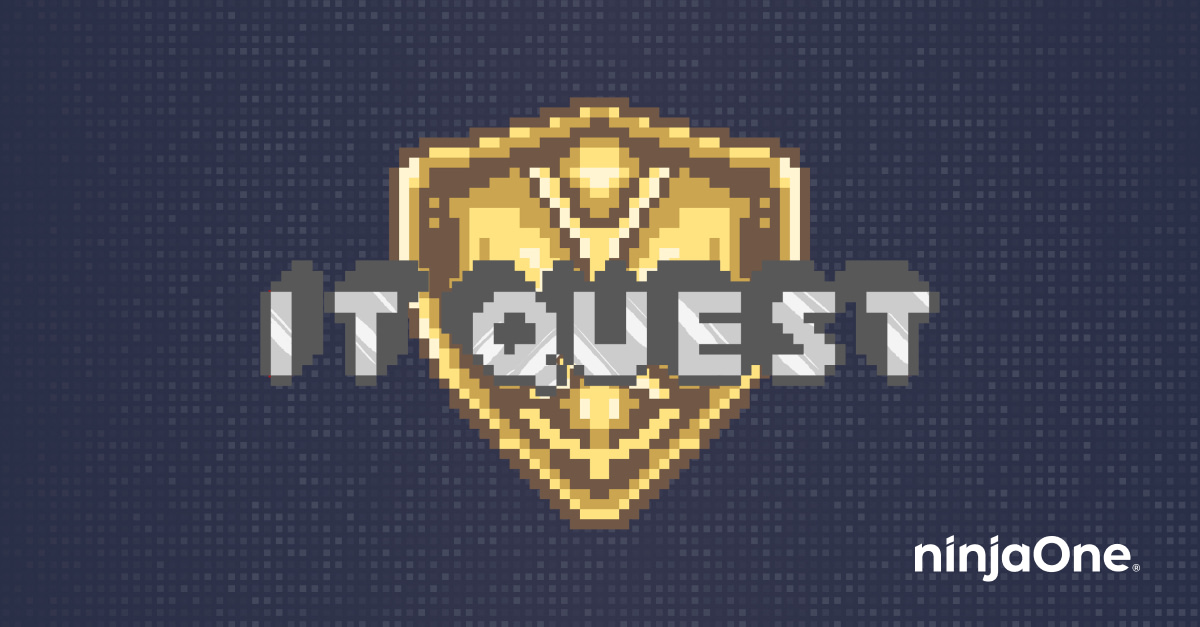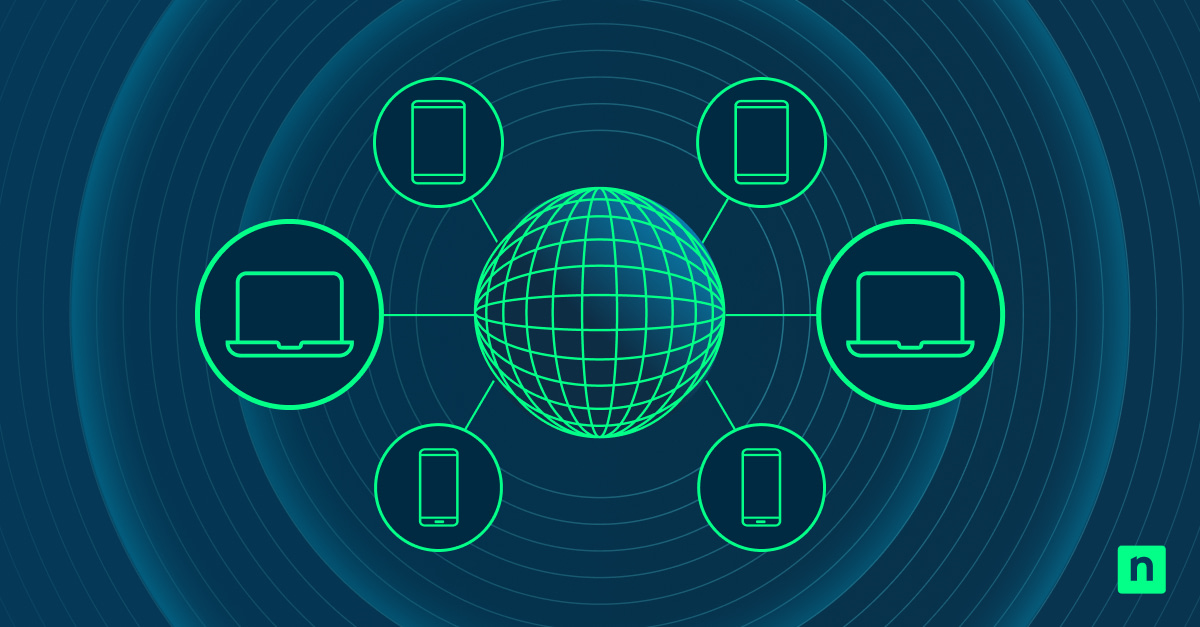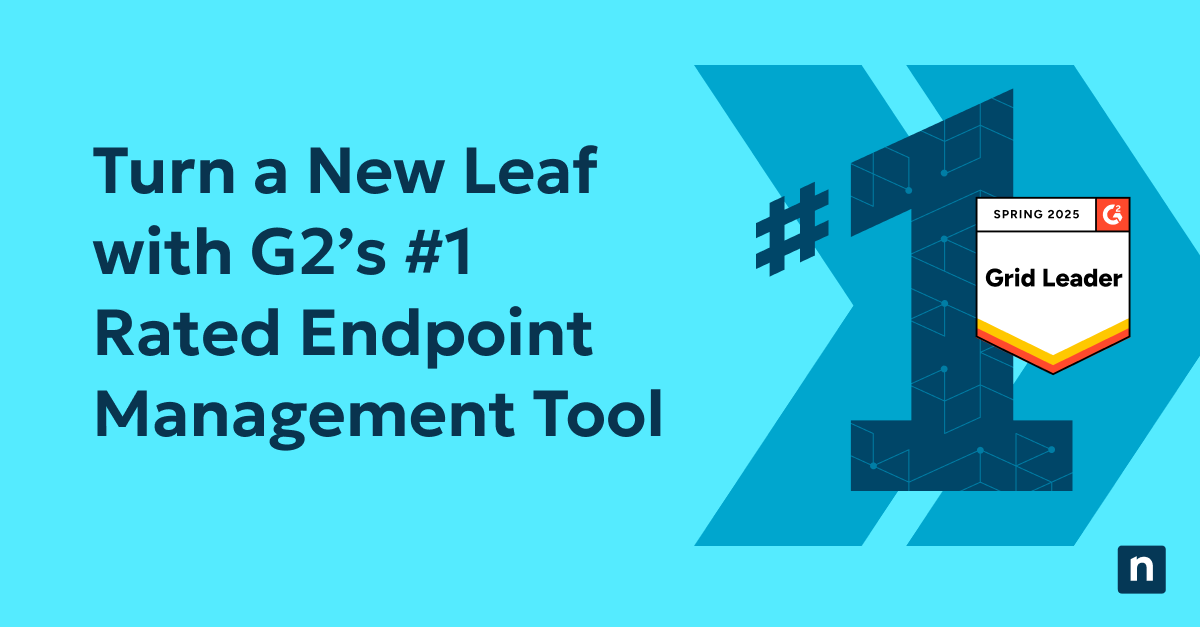The cybersecurity landscape in 2023 was increasingly complex, marked by sophisticated types of cyber threats such as ransomware and cyber espionage. Over half of the high-risk vulnerabilities were exploited by threat actors, with ransomware payouts averaging a significant $1,542,333, up from $812,380 in 2022. Phishing attacks dominated, accounting for over 80% of incidents, and 57% of organizations experienced frequent phishing attempts. Additionally, 4,000 ransomware attacks occurred daily since 2016.
The shift to remote work contributed to security challenges, with 20% of organizations experiencing breaches due to remote workers. The rise in third-party attacks and supply chain vulnerabilities, with a 430% increase in supply chain attacks, highlighted the need for stringent security protocols. Looking forward to 2024, proactive security measures, including effective patch management and robust cybersecurity strategies, are crucial for defending against these evolving threats and ensuring the security and resilience of digital assets in a highly interconnected digital era.
Check out our ebook on the “Top 2023 Vulnerabilities and the Power of Patch Management“.
Evolution of patch management: From manual to automated
Gone are the days when patch management was a cumbersome, manual task. The rapid evolution of cloud computing demands more sophisticated and automated systems. Today’s patch management tools are designed to seamlessly integrate with diverse IT environments. They not only streamline the update process but also ensure that security patches are deployed promptly and efficiently, reducing the window of vulnerability significantly.
Patch management in the era of remote work
The shift to remote work has brought about new challenges in patch management. Remote work environments are typically more distributed and diverse, making it harder to ensure that all systems are consistently and securely updated. To address this, modern patch management strategies emphasize flexibility, real-time monitoring, and compatibility across various systems and applications. Automated patch management systems are becoming indispensable in this context, enabling IT teams to maintain robust security postures even in a distributed workforce.
Adapting to changing cybersecurity needs with NinjaOne
In response to the evolving cybersecurity landscape, IT security strategies must also evolve. Organizations require dynamic and agile solutions that can adapt to these changes. NinjaOne, a leader in IT management solutions, has risen to the occasion. Their products are not just tools for patch management but comprehensive solutions that align with the broad spectrum of cybersecurity requirements. NinjaOne’s offerings provide a cohesive response to modern cybersecurity challenges, enabling organizations to maintain resilience in the face of relentless cyber threats.
Conclusion
As we navigate through the complexities of the 2023 cybersecurity landscape, effective patch management is more crucial than ever. The evolution from manual to automated systems, the adaptation to remote work environments, and the integration of advanced solutions like those offered by NinjaOne, are testament to the IT industry’s commitment to combating cyber threats. By embracing these advancements, organizations can fortify their defenses and ensure a more secure future in the digital world. Download our eBook to learn more about the power of patch management and 2023’s top vulnerabilities.







